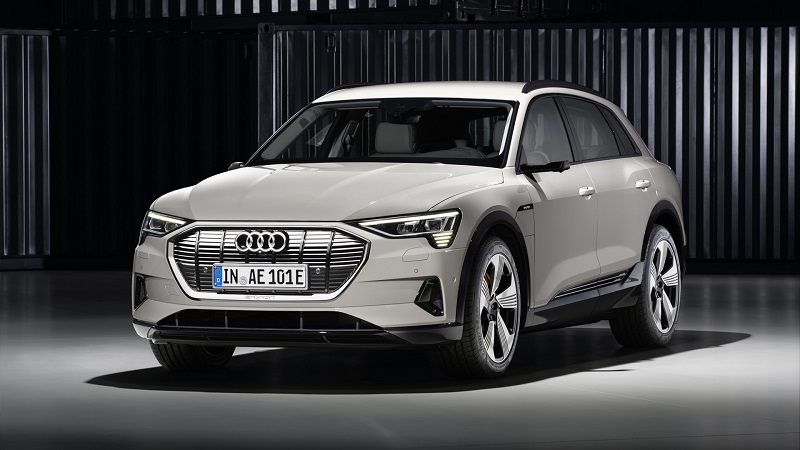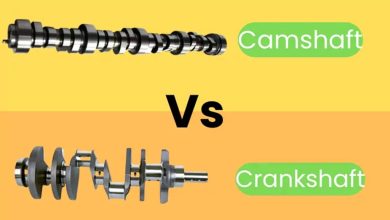
The Volkswagen Group, like Tesla and other electric car manufacturers, has opted to develop its modular platforms using the “skateboard” model with a skate shape. Where does this idea come from and what are its advantages?
With the arrival of electric cars to the mass market and the consequent progressive disappearance of combustion engines, the two types of architecture on which the majority of vehicles are currently built will also be extinguished: “body-on-frame “And” unibody “.
The first corresponds to those large cars, whether pick-up trucks or SUVs, which are manufactured using a body mounted on a chassis. The second method is valid for the rest of the vehicles and corresponds to the manufacture in a single body, combining the structural and body elements in a single set.
The arrival of electric vehicles to the automobile industry in a generalized way brings with it the development of new manufacturing techniques due to its different characteristics. The main element in an electric car is the battery. Because it is a bulky and heavy component, has been moved to the floor of electric cars to obtain a better mass distribution and a completely flat passenger compartment. This type of modular platforms (Skateboard or skate) is becoming the main option for manufacturers when developing new electric cars.
The origin of the skate-shaped electric platform
Although it was popularized with the arrival of Tesla in the industry, the platform “skateboard” or “skate” was developed for the first time by General Motors engineers two decades ago. Now, in addition to Tesla, brands such as Audi and Volkswagen have developed platforms using this same technique: the PPE of premium sports cars and the MEB for electric cars of all sizes. In total, the Volkswagen Group – to which Audi, Porsche, Seat and Skoda belong, among others – plans to bring 70 electric vehicles to the market in the next ten years and will do so using these two new architectures.
The Audi E-tron SUV is one of the first electric cars outside of Tesla to bring this type of modular platforms in the form of a skate to the market. The E-tron is built in Brussels, where one half of the vehicle composed of the chassis, engines and battery joins the rest of the vehicle. The “skate” of the Audi E-tron has a weight of 710 kilograms and houses a pack of 36 battery modules that are connected between them using 3.9 kilometers of cables and 600 connectors to achieve a total capacity of 95 kWh. Together with the battery, two or three electric motors are mounted on the ends of the platform, depending on the power level of the vehicle, which act on the rear and front axles.
Audi E-tron battery web
The skate-shaped platform of the Audi E-tron is built parallel to the bodywork and then joins both elements together.
In parallel, also at the Audi factory in Brussels, the other half of the E-tron is built in the same way as any other combustion vehicle is built. The upper part of the body and chassis is welded and painted before going through the joining process, known in the plant as “the link”. In this stage, the skate with the battery and motors slowly approaches the structure of the body and is inserted in a guided way from below to finally leave the vehicle completely assembled. The union is made by a series of screws that automatically tighten several robots, while the operators manipulate the elements of the suspension to accompany them to their position.
The importance of modular platforms in electric cars
For the Volkswagen Group, a manufacturer that has one of the biggest plans to bring electric cars to the market, the construction of its vehicles on modular platforms such as “skateboard” is key in terms of flexibility and costs. The two main Volkswagen platforms are flexible enough to be able to develop a wide range of electric vehicles of all sizes and characteristics.
In the case of the PPE platform, it will also serve for the Audi E-tron to build various versions, including an E-tron Sportback and another E-tron GT, as well as the next releases of Porsche, the Taycan and the CrossTurismo. For its part, the MEB will support Volkswagen’s next-generation electric car, the ID.Neo, from which it will derive a range as complete as varied, including a SUV ( ID.Crozz ), a larger SUV and seven seats ( ID.Roomzz ), a van ( ID.Buzz ) and a sedan ( ID.Vizzion), without forgetting the economic electric car of Seat, called el-Born. Volkswagen is even considering the possibility of bringing a sports vehicle for leisure, the ID. Buggy to the market.




